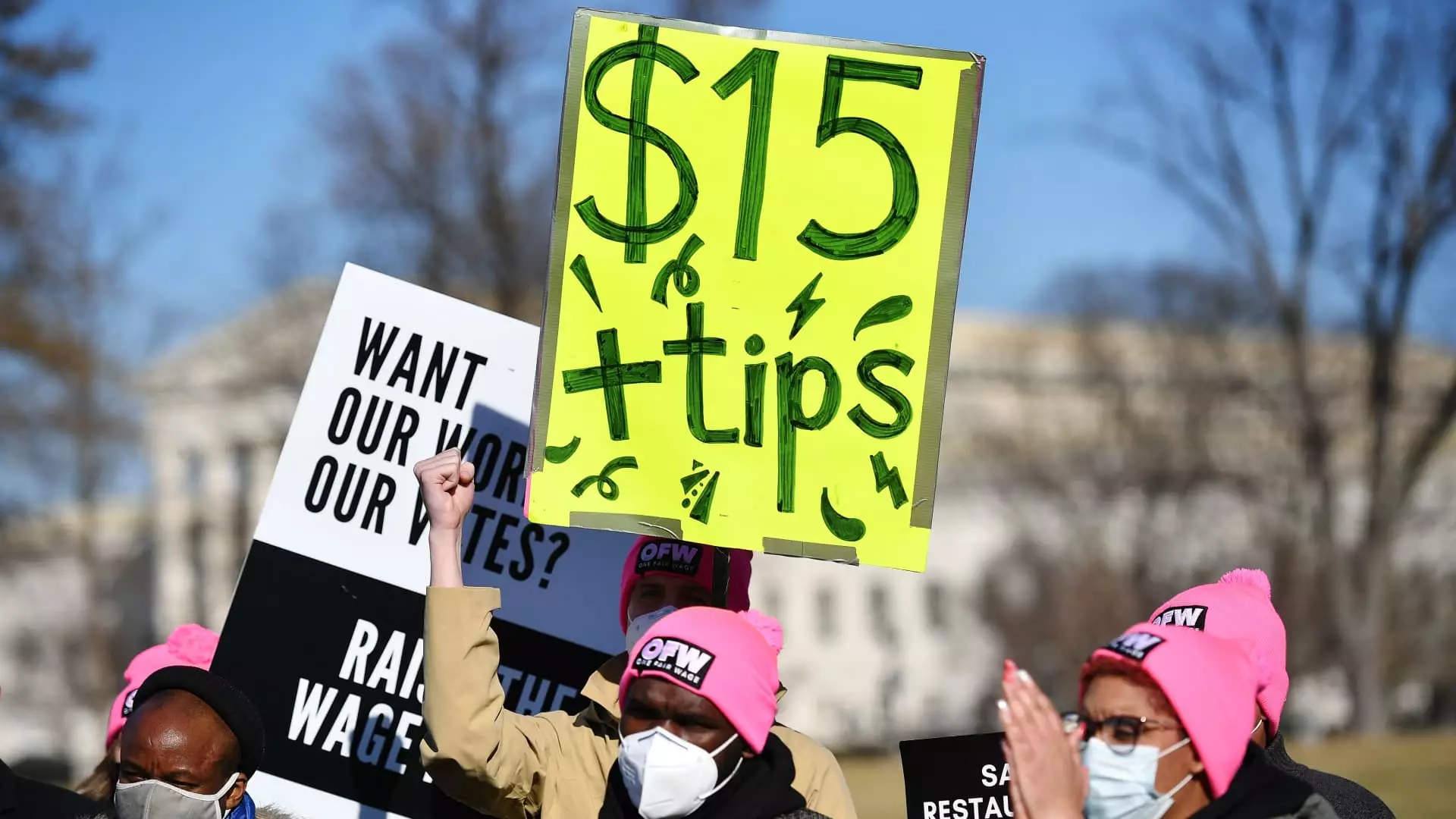For the past 15 years, the federal minimum wage in the United States has remained at a mere $7.25 per hour. This stagnant rate has left many workers struggling to make ends meet, prompting calls for change from various quarters.
Democratic presidential nominee Kamala Harris has pledged to fight for working families by raising the minimum wage and eliminating taxes on tips for service and hospitality workers. While the exact figure of the proposed increase has not been specified, Harris has praised states that have raised their minimum wage to at least $15 per hour.
Currently, many states have enacted minimum hourly pay rates that exceed the federal minimum wage. However, 20 states still maintain a minimum wage that is equal to the federal level, including states like Alabama, Georgia, and Texas. The federal minimum wage for tipped workers remains at a paltry $2.13 per hour, subject to the condition that tips bring their total earnings to $7.25 per hour.
One common argument against raising the minimum wage is the potential negative impact on small businesses. Former President Donald Trump expressed concerns during a 2020 debate that increased wages could lead to layoffs and operational challenges for small businesses. However, proponents of a wage hike argue that a higher minimum wage can boost consumer buying power, ultimately benefiting businesses by creating more demand for goods and services.
Advocates for a higher minimum wage point to the erosion of purchasing power over the years due to Congress’s failure to adjust for inflation. Ben Zipperer, a senior economist at the Economic Policy Institute, highlights that lifting the minimum wage to $15 per hour could benefit around 20 million workers, leading to increased economic security and improved living standards for low-wage workers. Additionally, raising wages can enhance recruitment and retention efforts for businesses, providing stability and reliability in the workforce.
While the federal minimum wage remains unchanged, some large companies like Target and Walmart have taken matters into their own hands by setting their minimum pay thresholds above the federal rate. This proactive approach reflects the tight labor market conditions and a recognition of the importance of competitive wages in attracting and retaining top talent.
The debate over the minimum wage is multifaceted, encompassing economic, social, and political dimensions. As the push for a higher minimum wage gains momentum, the importance of ensuring fair compensation for all workers cannot be understated. A national increase in the minimum wage could not only uplift millions of workers but also stimulate economic growth by boosting consumer spending and reducing income inequality.
Ultimately, the battle for a living wage is far from over, but the voices advocating for change continue to grow louder. The fight for fair wages remains a key battleground in the quest for economic justice and equality. The time has come to reevaluate and recalibrate our approach to wages, ensuring that every worker receives their due share of economic prosperity.

